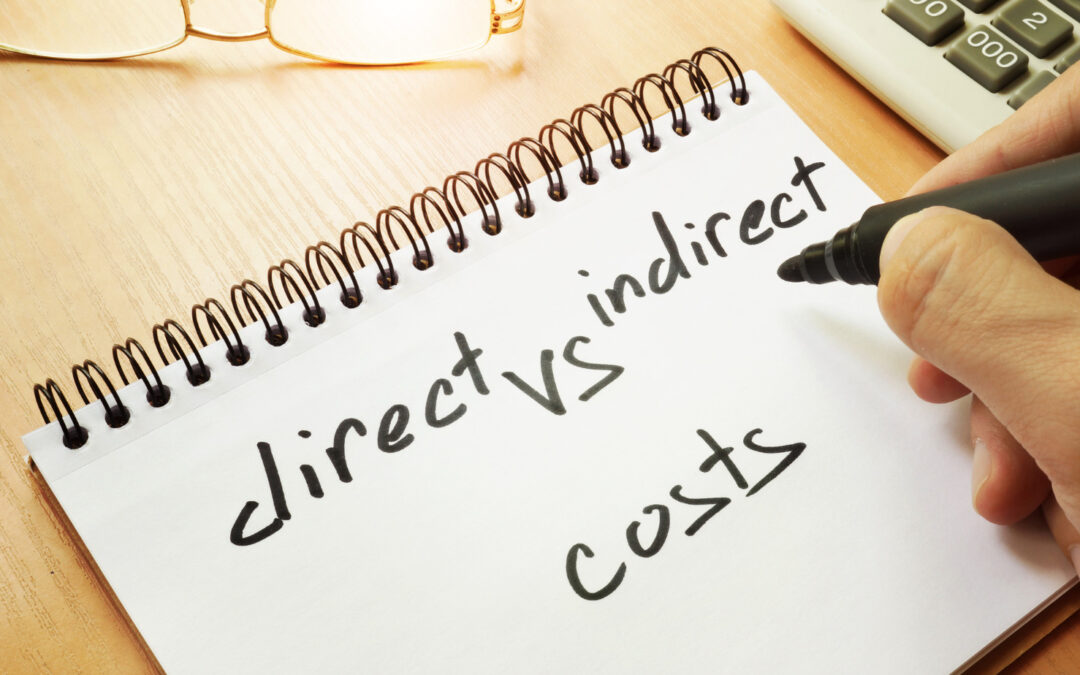Mastering Government Contract Accounting requires understanding the crucial distinction and segregation of costs, which lies at the heart of Government Contracting. While this may initially seem daunting, let’s simplify the concepts with a fun example to make them more accessible.
Imagine you’re a kid, enjoying your summer vacation, and you set up a small juice stand with a friend. Your stand offers apple juice, grape juice, and orange juice to the public. Suddenly, your dad approaches with a special request for a big batch of lemon juice, which he needs for an office meeting. He’s willing to pay handsomely for this order, and you gladly accept. In this playful scenario, you and your friend constitute the “Company,” your dad represents the “Government,” and the lemonade order represents the “Government Contract.” Now, let’s delve into the accounting aspect.
Identifying and segregating costs is crucial. The direct costs are the ones directly tied to the specific product contracted – in this case, the lemon juice. Therefore, the lemons and juice containers are considered direct costs because they relate directly to the contracted product, the lemon juice.
If your friend solely works on producing the lemon juice, their labor becomes part of the direct cost. However, if both of you work on all the juices, your labor cannot be attributed solely to the direct cost, which can get a bit confusing.
Similarly, if you use a separate juicer solely for the lemon juice (direct cost), it falls under the direct cost category. However, if you use the same juicer for all the juices (indirect cost), it becomes an indirect cost. The electricity expense for using an electric juicer for all the juices would also be considered an indirect cost.
If, before the lemonade order came in, your mother asked for rent for using the lawn for your juice stand (a humorous mom moment!), that rent would be an indirect cost. However, if she only charges you rent when the lemonade order is in production and doesn’t charge afterward, that rent cost can be connected to the product and becomes a direct cost!
Of course, this is a simplified teaser to help differentiate between direct and indirect costs. In reality, there are many subtle differences between the two, and some costs may blur the lines. This is where Government Contract Accounting experience comes into play. An accountant with the right training and expertise can effortlessly identify and categorize these costs correctly, employing the appropriate tools, regulations, and ample experience.
By grasping the distinction between direct and indirect costs and having an experienced accountant on your side, navigating Government Contract Accounting becomes more manageable, ensuring your business’s compliance and success in the world of Government Contracting.

